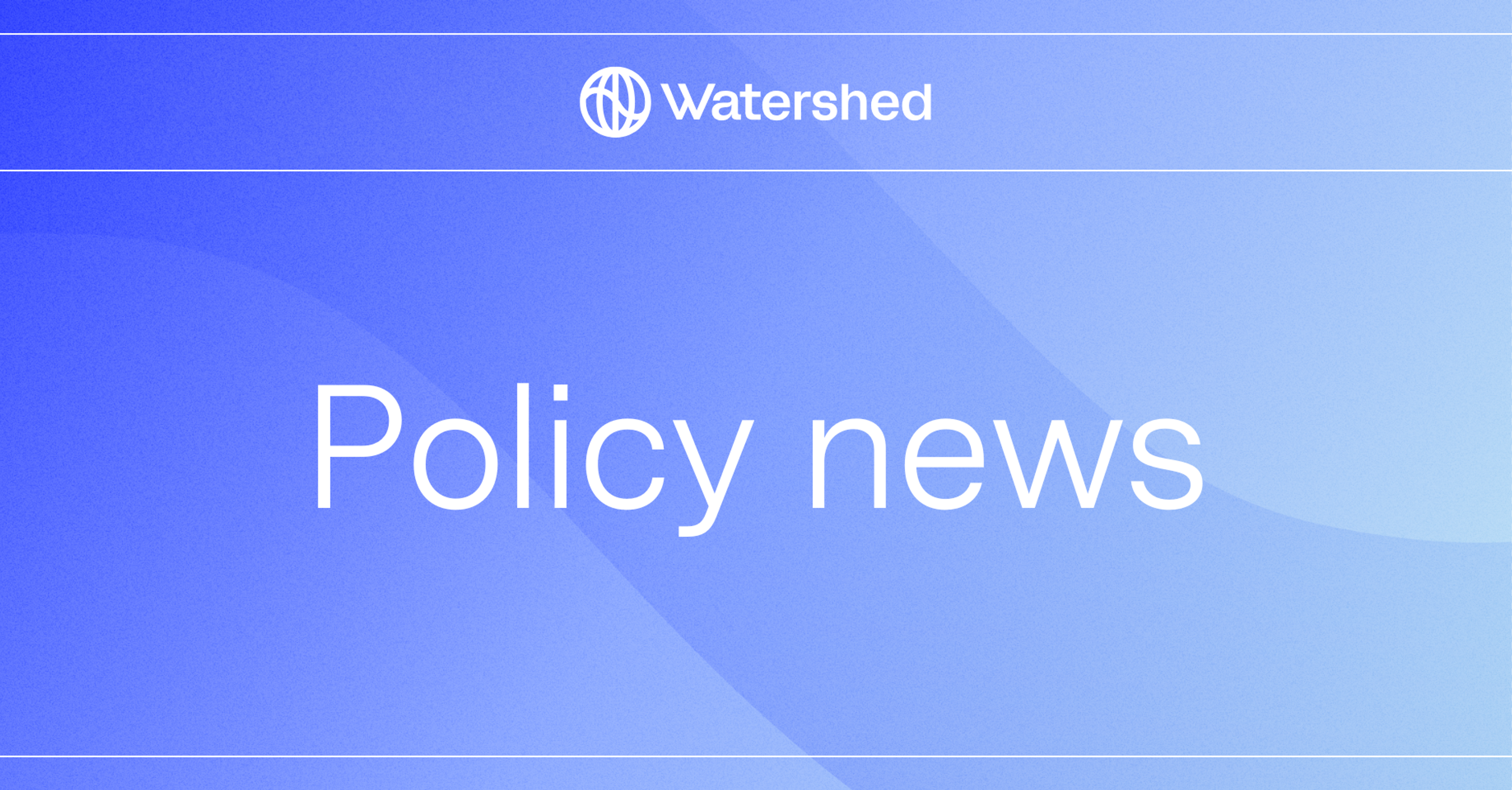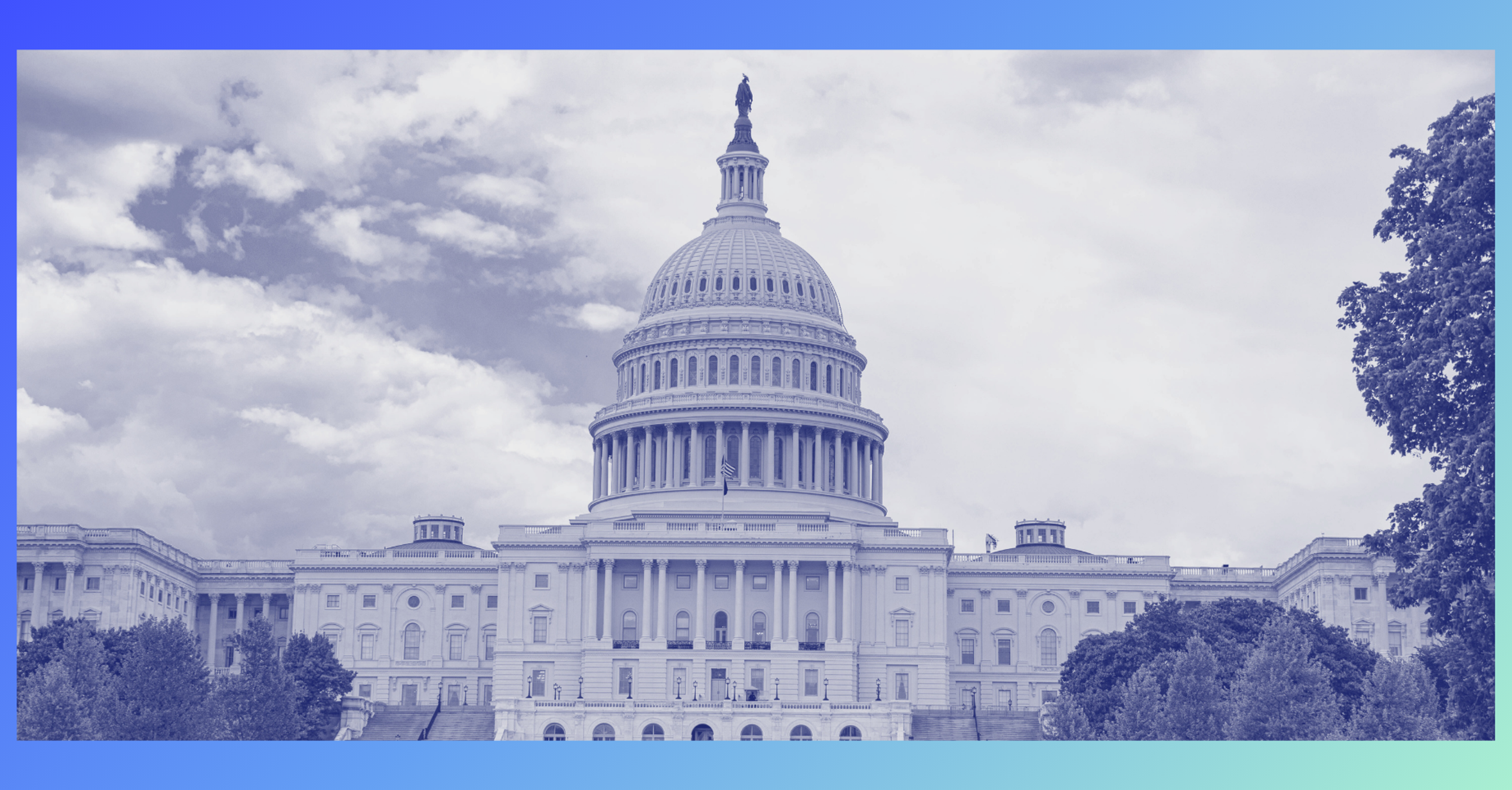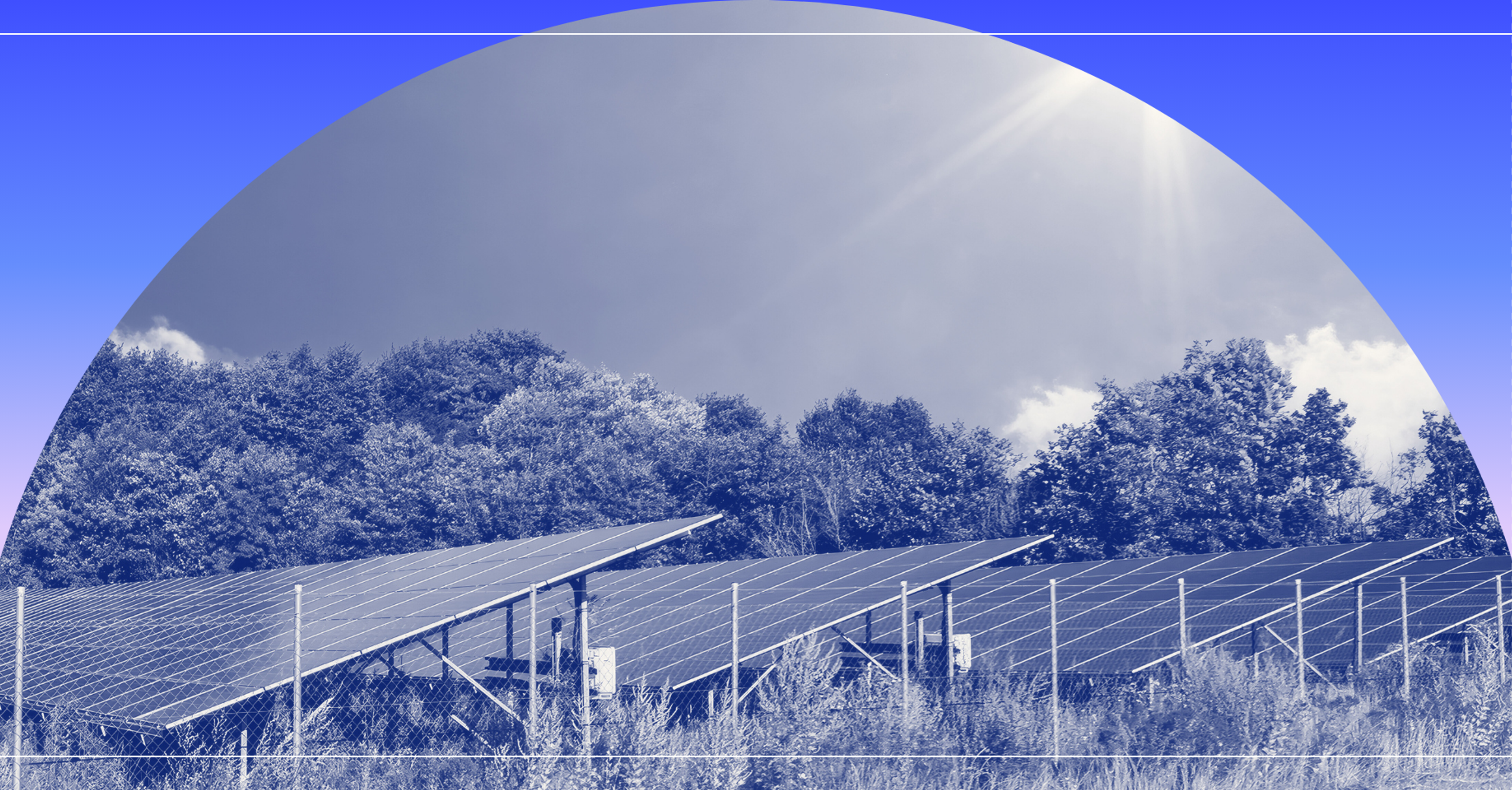2025 has been a turbulent year for climate and sustainability, with clean energy tax credits being sunsetted earlier than expected, rising political polarization, and a 40% drop in climate tech funding in the US.
Yet this also presents an opportunity to reframe sustainability as a driver of resilience and cost savings, not just in terms of climate impact. “We need to ask how much of this disruption is good—and how much is bad,” says Matt Konieczny, Watershed’s Head of Decarbonization. “We have an opportunity for a reset: to make sustainability programs deliver what companies care about, while still driving real impact.”
Beyond the bad headlines: Why the climate economy is stronger than ever
While the US has pulled back some federal policies supporting clean energy, the broader movement towards a cleaner, greener economy is still in motion.
Clay Dumas of Lowercarbon Capital says that what's shifted for climate is mostly how people talk about it—not the trajectory or impact achieved. “The only thing that’s really changed is the vocabulary,” he says. “The fundamental thesis hasn’t.”
This means that for some, the same investments once framed as “climate” are now discussed in terms of national security, supply chain resilience, and energy independence. These leaders are doubling down, treating clean technology and emissions reduction not as a nice-to-have, but as a critical business tool. And it’s those who are making such an investment that are winning.
Consider Solugen, a Lowercarbon portfolio company reinventing industrial chemicals. Instead of fossil fuels, it uses enzymatic processes that nearly eliminate emissions. Its early customers weren’t buying because of sustainability; they were buying because Solugen’s molecules cost the same, came from local supply, and avoided global shipping risks. Or look at Antora Energy, another Lowercarbon portfolio company that delivers clean industrial heat, already outcompeting natural gas in parts of the US heavy industry customers, such as ethanol producers, are adopting Antora not for carbon accounting reasons, but because it’s simply cheaper.
Future signaling: Thinking in decades, not election cycles
Abrupt policy swings such as the recent One Big Beautiful Bill (OBBB) inevitably create turbulence for the climate impact world: incentives disappear overnight, financial models get rewritten, and companies that were waiting on the sidelines are suddenly forced to make decisions.
While it’s easy to see these moments as existential threats to clean power, smart companies zoom out: the energy transition won’t be decided based on one bill or one administration. They plan on 50-year horizons, not 4-year political cycles. Forward-thinking companies invest in infrastructure and strategies that will pay off across multiple political eras, not just chasing the incentive of the moment.
For Albany International, a 130-year-old materials science developer and manufacturer, that long view is tied to its customers. The global company sells into European and other global markets, where buyers increasingly demand low-carbon supply chains. For Albany International, clean power isn’t just a regulatory checkbox—it’s table stakes for winning contracts.
Across Lowercarbon Capital’s portfolio, Clay Dumas sees companies making similar moves, investing in climate technology and emissions reductions for the long term. “Sometimes people think it’s virtue signaling,” Dumas says. “I see it as future signaling—these companies are thinking 5, 10, 15 years ahead.” For these leaders, clean tech isn’t a climate program—it’s a hedge against future risk.
Key takeaway: If you’re waiting for policy to stabilize before acting, you’re already behind. The companies pulling ahead are those that view clean power as a long-term competitive advantage.
Sustainability as a risk mitigation strategy
Not investing in clean technology and emissions reduction imposes risks to your revenue, cost volatility, regulatory exposure, and supply chain weaknesses.
Revenue risk
Companies that can’t support their customers’ scope 3 targets are losing business, posing a risk to revenue and growth opportunities.
At Albany International, this pressure is already real: “We’ve seen [an emphasis on] customer sentiment on sustainability and on engaging with their suppliers to help support them in their goals,” says Anna Yates, the company’s Head of Sustainability. “We’re looking at our operational sustainability to make sure we can be making the products for our customers in a way that’s supporting them towards their scope three reduction goals.”
"Companies need to get on top of their revenue-at-risk calculations," Konieczny, from Watershed, advises. "Look at your top 20 customers. How many of them have scope 3 targets? Add up that revenue and see how much you have exposed."
Cost volatility
Energy markets are experiencing extreme fluctuations, exposing companies to increasing volatility in pricing. Clean power offers stability by locking in long-term pricing and providing protection against unexpected price changes.
Albany International has mitigated cost volatility risk by investing in a Watershed-led Virtual Power Purchase Agreement (VPPA) and onsite solar installations, unlocking lower costs, cleaner operations, and greater predictability of pricing for the organization. “To be able to have both the business case and the sustainability case working together is definitely compelling,” Yates notes.
With greater predictability comes the ability to plan strategically, enabling organizations to align capital, operations, and sustainability goals in ways that deliver durable, long-term value.
Regulatory exposure
From the EU’s CSRD to state-level rules in the US, disclosure and decarbonization requirements are only getting tighter. By acting early, companies improve predictability around compliance and requirements, saving resources and reducing the need for crisis management.
National security & supply chains
As Dumas puts it, many clean tech investments are now framed as “national security investments that can reshore critical industries or de-risk supply chains.” What once looked like sustainability programs are now seen as strategies for resilience.
Key takeaway: Clean power isn’t just insurance against climate; it’s protection against lost revenue, volatile energy bills, regulatory crackdowns, and fragile supply chains
From blockers to builders: What’s holding companies back
Many companies stall for 12–18 months in “analysis paralysis,” especially around solar, because of fragmented organizations and siloed sustainability teams. In order to unlock sustainability wins, teams need to embed themselves within the organization—working shoulder to shoulder with finance, operations, facilities, and other core functions.
"The successful sustainability leads are the ones who are going to be knowledgeable about the opportunity, figure out how to navigate their organization, and get the buy-in for it," Konieczny says.
To navigate their organizations, leaders must speak the company’s language, understand the levers for cross-functional buy-in across key functions like finance, ops, and facilities, and act as trusted partners to help model scenarios and manage risk. That means being able to show finance how a project reduces exposure to energy price volatility, demonstrate to operations how it strengthens supply resilience, and illustrate to facilities teams how it can be implemented without disrupting core workflows.
Sustainability leaders who can translate across these different priorities move from being perceived as blockers to being seen as business builders. They help shape projects not as compliance obligations, but as investments that return financial, operational, and reputational dividends.
What this means for your business
Clean technology and emissions reduction aren’t a luxury—they’re a strategic lever for cost savings, supply chain resilience, customer retention, and policy preparedness.
What’s more, policy changes are also a reminder that the ground is shifting. But the best companies aren’t waiting. They’re acting fast to secure clean power before the next bill or rollback reshapes the market again. They are proof that in a volatile policy landscape, acting early secures long-term advantages and provides a competitive edge.
Want to explore what clean technology and emissions reductions could look like for your company? → Learn more about Watershed’s clean power platform






